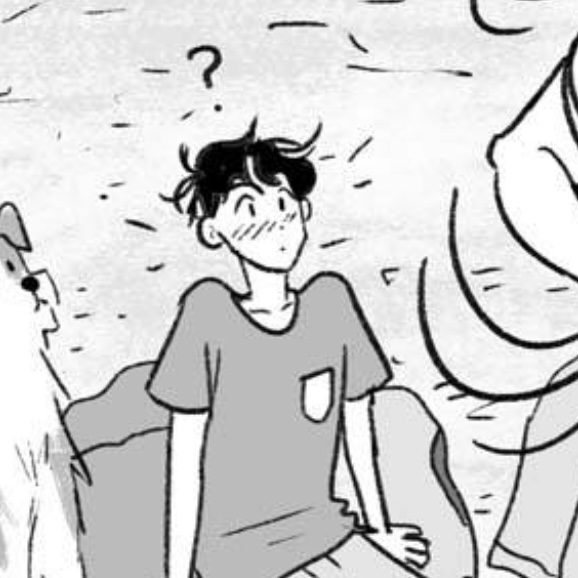Stamp Printing, A Time Consuming Process with an Interesting Texture.
- Joel Shackleton
- Oct 2, 2022
- 3 min read
This was quite fun. Our tutor, Rebekah had us try out a simple way to create patterns called "Stamp Printing", in which where you carve a rubber into a shape, and use ink to press onto the rubber and stamp it onto pieces of paper. It was quite fun, and with this also, we want about six main different types of patterns.

This is the stamp that I've used for this mini-project. I made it using some sort of chisel and a rubber. As we can see, it's supposed to be a candle, like the ones found on birthday cakes.
What do I think of this? I think it's okay. The look we got from this was a lot more grungey than I expected, but I really liked this unintentional grit, which is also reflected in the stamp that such leaves when used.
Was it successful? sort of. As mentioned before, the stamp that it leaves is not very clean and quite harsh in texture, but despite this new change, it is a welcome one, for it gives the stamps another layer of detail that I think makes the pieces more visually interesting.
If I could, what would I do differently? I would probably try and go for a cleaner look with this, despite me still liking the dirty details of the stamp, and I would achieve this by putting in more time to make sure the lines are symmetrical and straight where it needs to be whilst having curves in their respected areas, amongst making sure the stamp is protruding out enough for the edges to not touch the paper.
How could I develop this further? I would probably simply make more stamps using rubbers, with different shapes of candles, like a survey candle, or many candles in a line on a single stamp, maybe even using super glue to stick multiple rubbers together to get a bigger canvas to carve a picture from such.
Would I revisit this? I think I would. This is because of the simplicity of this way of making patterns, which gives me a whole bunch of ideas on how to make them more interesting.
But now that we're done talking about the stamp itself, let's look at what the stamp has created.

These are the patterns I have made with the stamp, which are labelled quite clearly. These are the six main types of patterns used in repeating patterns. I simply put each of these on their own piece of paper, took a photo, and changed the background to beige whilst the candles and text went from black to that very dark brown.
Now, what do I think of the work I have produced? I think this is pretty good. The part that really stands out to me is the texture from the edge of the stamp that really shows here, it gives that grungy look that's reflected on the stamp, along with the patterns being overall quite good and visually appealing to look at, my favourite one is the half drop because it really works with the length of the candle.
Was it successful? Half yes half no. The reason why I say this is because although the patterns look really good and the style that they came out in is really cool, I was aiming for cleaner and more straight lines along with the edges from the stamp.
What would you do differently? I would probably not put as much pressure onto the stamp when pushing down on it, since he can see it leaves black lines on the side of the pattern. I would also try and make the text look more professional and not drawn with a marker, even if it was.
How could I develop this further? I could develop this further by adding some sort of order to each one of these patterns to make sure people know where the patterns start and end. I would also try and make more interesting patterns by combining two different styles of patterns into one. I would also probably start using coloured inks rather than just black since that can look boring.
Is this something I would revisit in the future? Probably not. Like the stamp, these take quite a bit of time and if you want clean lines and fuller colours in your patterns, there are other ways like using Adobe Illustrator's pattern tool, but for a more stylised look I might, but I'm not planning on that right now.






Comments